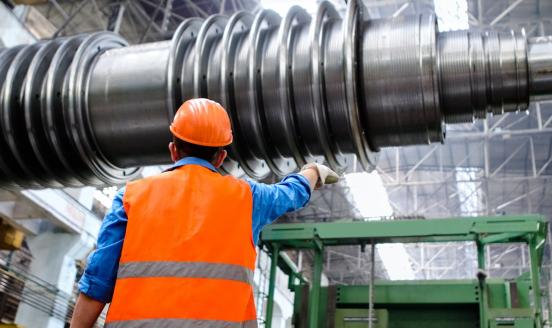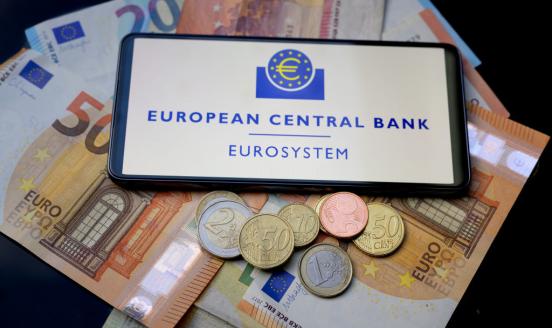Spend it at home: current account surpluses in the EU
EU leadership needs to identify the factors that hold investment back and the incentives that could persuade investors to stay in Europe
The European Union faces huge investment gaps. For the climate and digital transitions alone, EU countries need to find or encourage annual investment of at least €481 billion each year, over and above what is already planned. This amount is much larger if one includes defence spending needs, the reconstruction of Ukraine, and spending to prepare for potential health crises in the future.
And yet, despite these huge investment gaps, the EU continues to send a large part of its savings outside its borders. It has huge savings but prefers to invest these abroad rather than within its own borders. The European Commission forecasts that nine EU countries will have current account imbalances in 2024. Of these, five will have current account surpluses that can be as large as 10% of GDP. The EU overall is forecast to have a surplus exceeding 2.5% of GDP by 2025.
In nominal terms, EU GDP is about €18 trillion. A surplus of 2.5% of GDP thus represents about €450 billion. If the EU could use these excess savings, it would manage to cover its climate and digital investment gaps almost in full. Solving the enormous inconsistency of having big investment gaps while running with large current account surpluses is urgent and complex.
And it is complex because it is not new. The EU has had large current account surpluses for the best part of the last 15 years. Even when it had deficits, such as in 2008 and briefly in 2022 when energy prices surged, they were small and temporary. The existence of surpluses was not even considered an imbalance, in the sense that it was thought it should be corrected. It was only after the financial crisis, when the European Commission started talking about current account surpluses as a savings-investment imbalance rather than as a trade (export-import) imbalance in its newly created Macroeconomic Imbalances Procedure, that the issue gained traction. Large and persistent current account deficits are an imbalance because they risk sudden stops with abrupt effects on welfare. But large and persistent surpluses are also detrimental to welfare because they point to much-needed investment not happening.
For surplus countries, national authorities need to find ways to fix this imbalance. If the private sector is not investing at the rate needed to cover a country’s needs, then the public sector should step in. This is possible because those large and persistent surpluses are present in countries that have fiscal space to intervene. Alternatively, they should provide the right incentives for the private sector to repatriate some of their savings. Or possibly both given the urgent investment needs.
The new EU leadership that will be appointed after the June European elections will also need to identify the factors that hold investment back and the incentives that could persuade investors to stay in Europe. Whether it is the fact that the EU is still not one single market, or whether there are regulatory obstacles, the EU is less attractive than elsewhere in offering investment opportunities.
All options must be explored. From removing regulatory barriers to boosting the single market. Or part of national budgets could be mutualised to provide for more efficient spending in projects that have EU value added. Or institutions such as the European Investment Bank and the European Stability Mechanism could be reformed and possibly repurposed to engineer better financial inducements that will stimulate the private sector to play a more significant role. These are all issues the next European Commission will have to address. An EU that continues to send a large part of its savings abroad does not invest in its own future.



